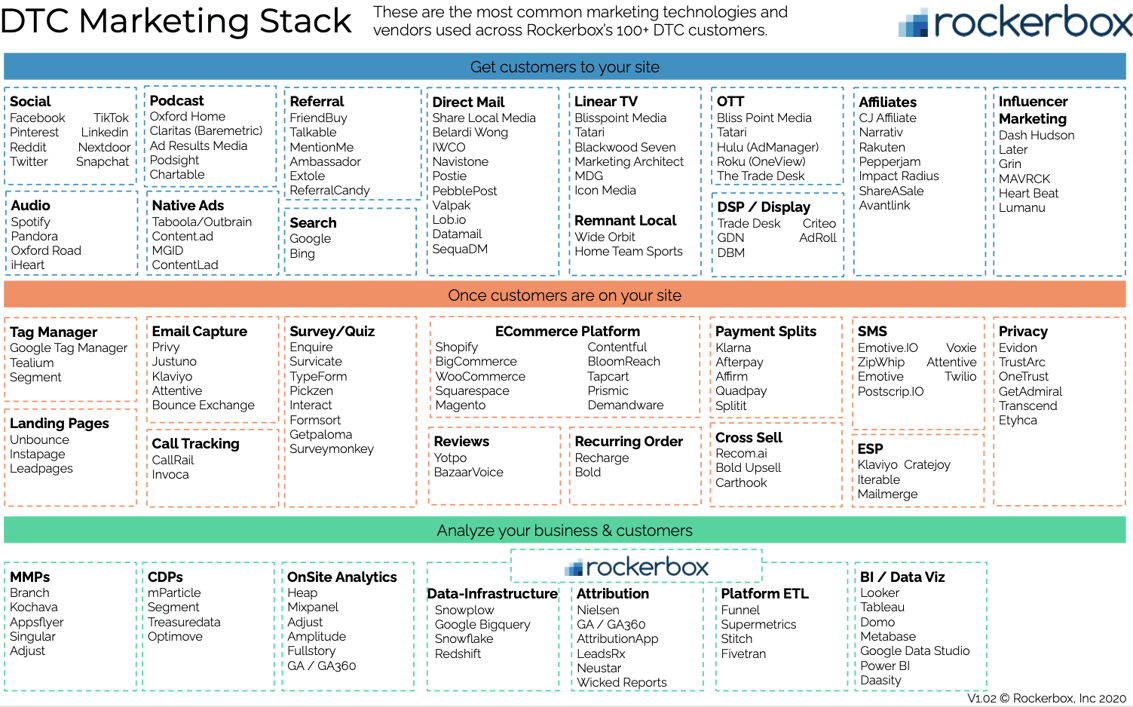Getting Online Business Off the Ground? Here’s How to Advertise Your Online Business
Are you an ambitious entrepreneur and a savvy, budget-conscious business owner? Hold on to your entrepreneurial hats because I have some exhilarating news for you!
As someone who has personally practiced and achieved remarkable results, I am thrilled to share this game-changing secret: You can spread the word about your extraordinary business without spending a single dime!
Through my own experiences and triumphs, I have uncovered a treasure trove of free advertising options that will not only skyrocket your business’s visibility but also infuse a delightful blend of creativity, fun, and friendliness.
I’ve walked in your entrepreneurial shoes, having successfully navigated the challenging path of a fledgling startup or a seasoned entrepreneur determined to make every penny count. With a passion for maximizing my business’s potential, I’ve harnessed the power of accessible advertising methods to generate incredible results.
So, grab some coffee because I’m about to reveal the proven strategies that have transformed my business into a shining beacon, attracting eager customers who have become my most devoted fans.
How To Advertise Online Store: Expanding Your Marketing Campaign
Suppose you have done all this or are in the process of launching your business; congratulations! However, once your website is live and your store is open for business, it is time to start greeting an audience. Remember that the first customers are the most important when building a solid customer base!
In this case, you should consider what marketing channels are available to you. If you are operating on a budget, you might think about creating a social media community and a newsletter. But there is much more to it than just a post on Instagram!
So, it would be best to design your customers’ journey. Where will they find out about your company? What is the next step that they will take? While it can be difficult to foresee all this, you should understand your target market and attract consumers in those demographics.
Once you have created a specific campaign, you can start expanding your marketing campaign across other channels. In the comprehensive infographic below, you will find all the potential media and tools you can use to increase your business’s visibility and customer reach. Just don’t forget to track all the results from your marketing effort and evaluate them! These marketing insights can tell you much about where to invest your money.
This article will explore ten practical steps to advertise your online business, achieve your goals, and answer your question: “Where can I advertise my business for free.”
Here’s How to Advertise Online Business

Infographic designed by Rockerbox.
In today’s digital age, advertising plays a crucial role in the success of an online business. With the right strategies, you can reach your target audience, drive website traffic, and boost sales.
Define Target Audience: Understand Your Ideal Customers for Precise Targeting
To effectively advertise your online business, defining your target audience is essential. Take the time to understand their demographics, interests, and behaviors. This knowledge will help you tailor your advertising efforts to reach the right people, increasing the chances of conversion.
When defining your target audience, the world is at your fingertips, and numerous tools and apps are available to make the process a breeze. Let me introduce you to a few powerful suggestions that will help you on your journey:
- Social Media Insights: Dive into the wealth of data offered by social media platforms like Facebook, Instagram, and Twitter. Utilize their built-in analytics tools to gain valuable insights into your audience’s demographics, interests, and online behaviors. These platforms provide a goldmine of information right at your fingertips.
- Google Analytics: Unleash the power of Google Analytics to understand the behavior of your website visitors. Explore metrics such as age, gender, location, and interests, and understand your audience’s preferences comprehensively. This tool empowers you to make data-driven decisions and tailor your marketing strategies accordingly.
- SurveyMonkey: Take the direct route by creating surveys with SurveyMonkey. Craft questions that reveal your audience’s preferences, pain points, and desires. This valuable feedback will help you refine your target audience profiles and effectively align your marketing efforts to meet their needs.
- Customer Relationship Management (CRM) Software: Implement a robust CRM system like HubSpot, Salesforce, or Zoho CRM to track customer interactions and gather valuable data. These platforms allow you to segment your audience based on various criteria and provide a holistic view of your customer’s journey, enabling you to personalize your marketing efforts.
- Google Trends: Stay ahead of the game with Google Trends. Discover the latest search trends, popular topics, and rising keywords related to your industry. This information will help you align your content and advertising strategies with what your target audience is actively seeking.
Remember, the key is to use these tools as a compass, guiding you to understand your target audience profoundly. Embrace their insights, analyze the data, and let your creativity shine as you craft marketing campaigns that resonate with the hearts and minds of your ideal customers. With these apps by your side, you’re equipped to embark on a thrilling adventure toward marketing success.
Set Clear Goals: Establish Objectives to Measure Success
Before diving into advertising, set clear goals for your campaigns. Determine what you want to achieve, such as increasing brand awareness, driving website traffic, or generating sales. Having specific goals will help you measure the success of your efforts and make necessary adjustments along the way.
- Revenue Growth: A fundamental measure of success is consistently growing your business’s revenue over time. Monitoring and analyzing your revenue streams will provide valuable insights into your business’s financial health and overall performance.
- Customer Acquisition and Retention: Evaluate the effectiveness of your customer acquisition strategies and measure the rate at which you attract and retain customers. A growing customer base and high retention rates indicate successful marketing and customer satisfaction efforts.
- Conversion Rates: Assess the percentage of leads or website visitors that convert into paying customers. Monitoring conversion rates helps identify areas for improvement in your sales and marketing processes.
- Return on Investment (ROI): Calculate the return on investment for your marketing and advertising efforts. By measuring the effectiveness of your assets, you can optimize your spending and focus on the channels and strategies that yield the highest ROI.
- Customer Satisfaction and Feedback: Regularly gather customer feedback to assess their satisfaction levels and identify areas for improvement. Customer satisfaction is critical in building long-term relationships and promoting positive word-of-mouth referrals.
- Employee Engagement and Productivity: Measure employee engagement and productivity levels to gauge the overall health of your workforce. Engaged and motivated employees are more likely to contribute to your business’s success and deliver exceptional results.
- Brand Awareness and Recognition: Track your brand’s visibility and recognition in the market. Analyze metrics such as social media reach, website traffic, and mentions in media or industry publications to assess the effectiveness of your brand-building efforts.
- Market Share: Assess your market share by comparing your business’s sales or revenue to the total market size. Increasing your market share indicates successful competitive positioning and effective marketing strategies.
- Operational Efficiency: Measure the efficiency and effectiveness of your business operations. Monitor metrics such as production output, delivery time, cost reduction, and resource utilization to identify areas where operational improvements can enhance overall success.
- Industry Reputation and Awards: Monitor your industry reputation and track any awards or recognition your business receives. A positive reputation and industry accolades signify success and credibility within your sector.
By considering and measuring these ten key factors, you’ll gain valuable insights into your business’s overall performance and success. Regular monitoring and analysis will guide you in making informed decisions, optimizing strategies, and driving continuous improvement to achieve your business goals confidently and creatively.
Create a Compelling Website: Engage Visitors with an Eye-catching and User-friendly Website
Your website is the face of your online business. Ensure it is visually appealing, user-friendly, and optimized for search engines. Clearly communicate your products or services and provide a seamless browsing experience. A compelling website enhances user engagement and encourages visitors to explore further.
Certain elements can make a significant impact when creating an eye-catching and user-friendly website. Here are the top five elements that will captivate your audience and provide them with a seamless browsing experience:
- Stunning Visuals: Engage your visitors with captivating visuals that reflect your brand’s personality and resonate with your target audience. High-quality images, videos, and graphics can create an immediate visual appeal and leave a lasting impression.
- Intuitive Navigation: Ensure your website’s navigation is intuitive and easy to use. Implement clear menu options, logical page hierarchy, and prominently placed search functionality. Visitors should be able to effortlessly navigate through your website, finding the information they seek without frustration.
- Compelling Call-to-Action (CTA): Use persuasive and visually appealing CTAs strategically placed throughout your website. Whether it’s a “Sign up,” “Buy now,” or “Learn more” button, CTAs should stand out, be action-oriented, and entice visitors to take the desired action.
- Responsive Design: Optimize your website for responsiveness across various devices and screen sizes. A mobile-friendly design ensures that your site looks and functions seamlessly on smartphones, tablets, and desktops, providing a consistent and enjoyable user experience across platforms.
- Clear and Concise Content: Craft concise, compelling content that clearly communicates your brand message and value proposition. Use headlines, subheadings, and bullet points to break up text and make it scannable. Keep paragraphs short and use visual elements to complement the content.
Incorporating these eye-catching and user-friendly elements into your website will create an immersive and enjoyable experience for your visitors. A visually appealing design, intuitive navigation, compelling CTAs, responsive layout, and concise content will make your website an enticing destination that keeps users returning for more. Get ready to captivate and delight your audience with a website that stands out.
Implement Search Engine Optimization (SEO): Boost Visibility and Organic Traffic with SEO
Optimize your website’s content, meta tags, and keywords to improve its visibility on search engine result pages. Implementing SEO techniques helps your website rank higher in relevant searches, driving organic traffic and increasing the chances of attracting potential customers.
Leverage social media advertising: Tap into the Power of Social Media Platforms
Identify the social media platforms where your target audience spends their time and create targeted ad campaigns. Platforms like Facebook, Instagram, and LinkedIn Ads offer detailed targeting options to reach specific demographics. Engage potential customers on social media and drive them to your website.
Engage in content marketing: Provide Value and Establish Your Expertise
Create high-quality content that provides value to your target audience. This can include blog posts, articles, videos, or infographics. Share your content on your website and social media channels to attract and engage potential customers. Content marketing helps establish your expertise and build trust with your audience.
Collaborate with influencers: Harness the Influence of Industry Experts
Find influencers in your industry who have a large and engaged following. Partner with them to promote your products or services to their audience through sponsored posts, reviews, or giveaways. Influencer marketing can significantly expand your reach and credibility among your target audience.
Utilize email marketing: Build Relationships and Drive Repeat Business
Build an email list by offering valuable content or incentives to visitors to your website. Send regular newsletters or promotional emails to inform your audience about your latest offerings. Email marketing helps build relationships, encourage repeat visits, and increase conversions.
Monitor and analyze results: Data-driven Decision Making for Continuous Improvement
Track the performance of your advertising campaigns using analytics tools. Analyze data such as website traffic, click-through rates, conversions, and customer



















